Planetary Science
-
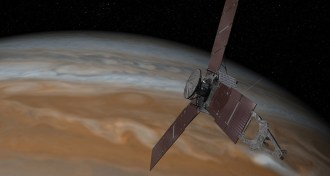 Planetary Science
Planetary ScienceJuno spacecraft goes into ‘safe mode,’ continues to orbit Jupiter
The Juno spacecraft has gone into safe mode while in orbit around Jupiter. Mission scientists are also closely monitoring a fuel valve issue on the probe.
-
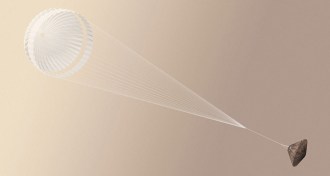 Planetary Science
Planetary ScienceMission scientists await signal from Mars lander
The ExoMars mission’s Schiaparelli lander went silent before its scheduled landing on the Red Planet.
-
 Planetary Science
Planetary SciencePossibly cloudy forecast for parts of Pluto
Reflective patches on Pluto could be hints of rare cloud formation on the dwarf planet.
-
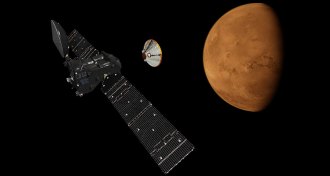 Planetary Science
Planetary ScienceExoMars mission set to arrive at Red Planet on October 19
The European ExoMars mission is about to arrive at the Red Planet, dropping a lander on the surface and putting a spacecraft into orbit.
-
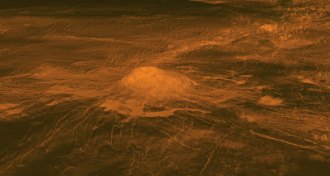 Planetary Science
Planetary ScienceLava may be flowing from Venus volcano
Lava flows might explain a hot spot seen in data from Venus Express spacecraft.
-
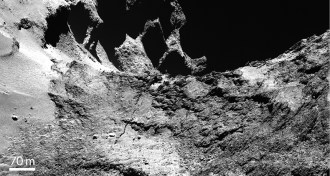 Planetary Science
Planetary ScienceComet 67P cracking under pressure
Cracks developing on comet 67P are signs of stress building in the neck of the comet that could lead to its two ends snapping apart.
-
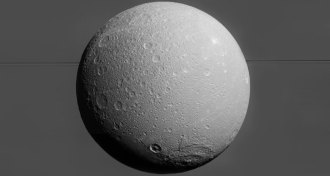 Planetary Science
Planetary ScienceSaturn’s moon Dione might harbor an underground ocean
Saturn’s moon Dione might have an underground ocean, like several other moons in the solar system.
-
 Planetary Science
Planetary ScienceSaturn’s moon Dione might harbor an underground ocean
Saturn’s moon Dione might have an underground ocean, like several other moons in the solar system.
-
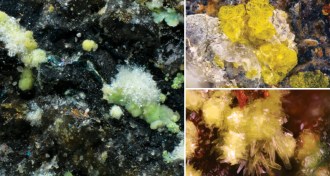 Planetary Science
Planetary ScienceRock hounds are on the hunt for new carbon minerals
The race is on to find about 140 predicted carbon-based minerals in locations around the world. Map included.
By Sid Perkins -
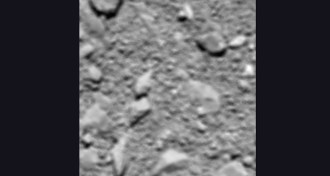 Planetary Science
Planetary ScienceRosetta spacecraft ends mission
The Rosetta mission comes to an end as spacecraft touches down on surface of comet 67P/ Churyumov–Gerasimenko.
-
 Planetary Science
Planetary ScienceRosetta spacecraft lands on comet, ends mission
The Rosetta mission comes to an end as spacecraft touches down on surface of comet 67P/ Churyumov–Gerasimenko.
-
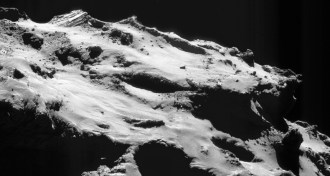 Planetary Science
Planetary ScienceSo long, Rosetta: End is near for comet orbiter
During its time in orbit around comet 67P, the Rosetta spacecraft discovered diverse terrains, organic molecules and a source of water quite different from Earth’s oceans.